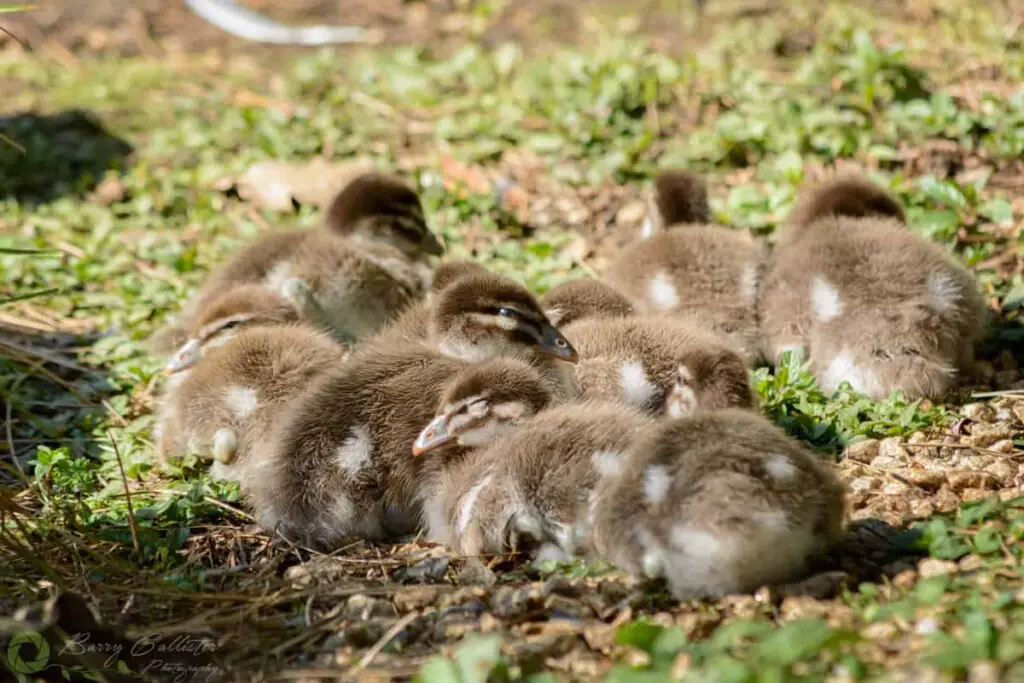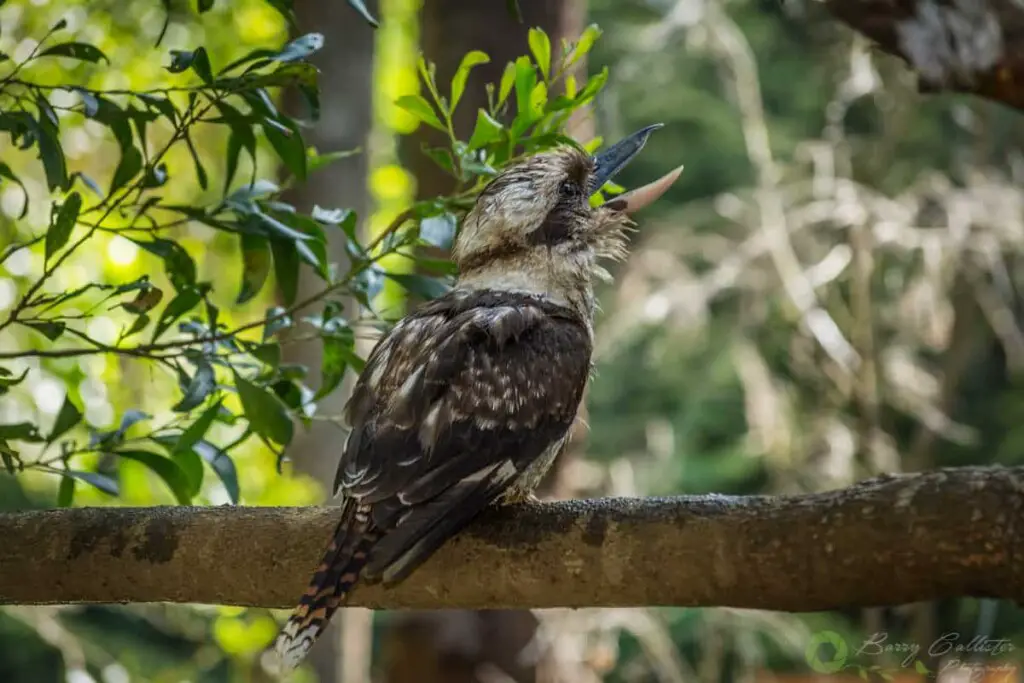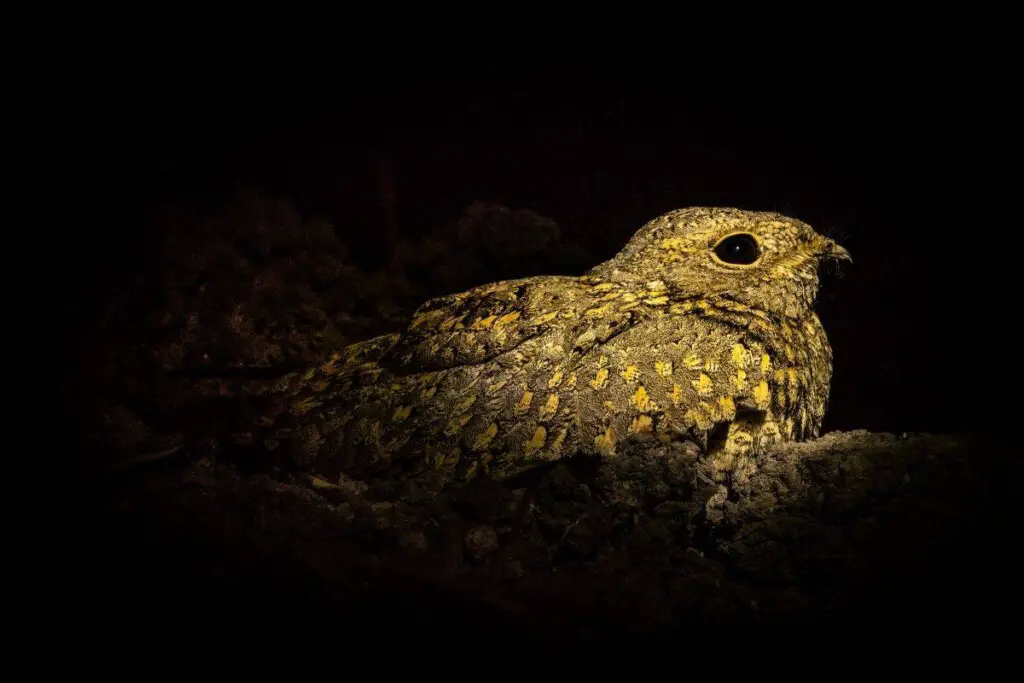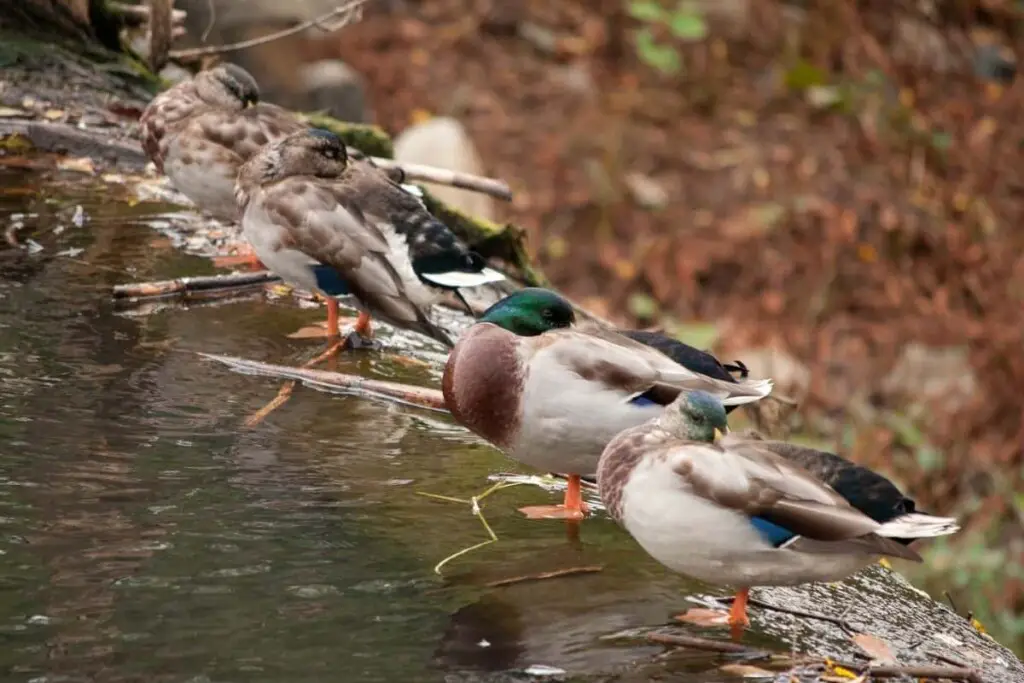The sleeping habits of birds are almost as varied as there are species on the planet. Just as we humans have different sleep patterns, so do our feathered friends. I asked an expert at the Australian Museum in Sydney, Australia, what time birds go to sleep, and got some answers.
Birds go to sleep at different times depending on their sleep cycle. There are 3 different types of sleep cycles: Diurnal (day-active), Nocturnal (night-active), and Crepuscular (dawn/dusk active). These refer to the times a bird is most active. They do not have a bedtime and wake-up time as we do.
When and how birds sleep is incredibly interesting. Let’s explore some amazing facts about the sleeping routines of birds.
Facts About Birds and Their Sleep
Diurnal Birds
Most birds are considered Diurnal, meaning they are active during the day and sleep at night. However, according to the Visitor Experience Host at the Australian Museum, C Mathewson (MRes Biology), “it is still a fair generality to say when the sun goes down, diurnal birds will go to sleep (regardless of the hour) or at least have very low activity, and will become active again when the sun rises.”

Birds are also light-sensitive, not just for their sleeping habits but also when it comes to breeding. C Mathewson says “For many (but not all) birds, the length of the day affects whether they are reproductively active or not – this is best seen in localities further from the equator, where day length changes significantly throughout the seasons. When days are longer in spring and summer (12-16 hours) more reproductive hormones are released in their bodies, and they have more time to look for breeding partners and raise young. The opposite occurs in winter, as colder or more inclement weather lowers reproductive viability and the survival of their young.”
A great example of a Diurnal bird here in Australia is the iconic Kookaburra. Our old home in the hills of the Dandenong Ranges in Victoria was a popular haunt for Kookaburras. Every night and every morning you could hear the “laugh” of these beautiful birds as they prepared to roost for the night or go about their day.

Nocturnal Birds
Birds that are Nocturnal such as Owls will generally be active during the dark hours, hunting and breeding. During daylight, they will find a safe nook in a tree and have a sleep. Though asleep, they are still alert to predators or any potential threats and will easily wake.
Nocturnal birds are better-equipt visually than their Diurnal cousins. They have large corneas relative to the length of their eye, giving them greater sensitivity to light. Birds that are active in the daytime have corneas with smaller diameters relative to their eye length.
Some birds can in fact sleep half of their brain at-a-time. This is called Unihemispheric Slow-Wave Sleep (USWS). These birds will literally sleep with one eye open, watching for predators while the other half of their brain rests. Some birds even sleep this way in mid-flight!
Find out how long birds stay in the nest in this article on my site.
In The Hours Between
“Crepuscular birds like barn owls and nightjars will sleep when they can during the day, as well as deep night, but will hunt for prey at dawn and dusk when the light is dim.” – says C Mathewson (MRes Biology).

Birds with this type of sleeping cycle will rest when they can. At times they will sleep during the day and they will also rest during the night hours.
Line Up The Ducks!
Earlier in this article, I mentioned Unihemispheric Slow-Wave Sleep. If you were paying attention, you will know that this is where a bird sleeps half of its brain at one time, leaving the other half alert to watch for predators. Ducks are one species of bird that sleeps this way.
If you have ever seen Ducks sleeping in a line, you may have noticed that the two birds on the outside of the group will have their outer eyes open. They are keeping a lookout for danger so the Ducks in the center of the row can sleep soundly with both eyes closed.
We all need mates that will watch out for us like that.

Surviving Sleeping During Winter Nights
Many birds have to endure some pretty cold temperatures at night. Some of these birds will put their bodies into a state of slowed function called Torpor.
Similar to hibernation, during this state, the birds will slow their heart rate, respiration, and metabolic rate. This ensures that less energy is needed for important bodily functions and allows the bird to retain heat while they sleep.
The downside to torpor is that the bird’s reflexes are slowed, leaving them more vulnerable to predators. As there are many predators active at night, searching for a nice feathery snack – this is a big downside!
Some examples of birds that use torpor are:
- Hummingbirds
- Frogmouths
- Doves
- Nightjars
Find out more about where birds go at night during the Winter in this post on my blog.
What Time DO Birds Sleep Then?
What time do birds go to sleep? The answer is, whenever they like really; or whenever they have to.
You are not going to see a bird tucking itself into bed after a few hours of Netflix; setting an alarm for 6 am so it can get up, fly out of bed (pun intended!), and go off to work fresh as a daisy. They just aren’t like us.
Bird behavior is a fascinating subject, you could spend your life researching it. For more information about the sleeping habits of birds, you might be interested in the following sites:
I would like to thank C. Mathewson (MRes Biology), Visitor Experience Host, Australian Museum for his help and input in this post. If you need some questions answered about birds, or any other animal or mineral, try the Ask An Expert page of their website. Scroll to the bottom of that page and click on “Ask an expert.”
Right now, I’m going to find a nice nook in a tree to climb into. Nightie night………
